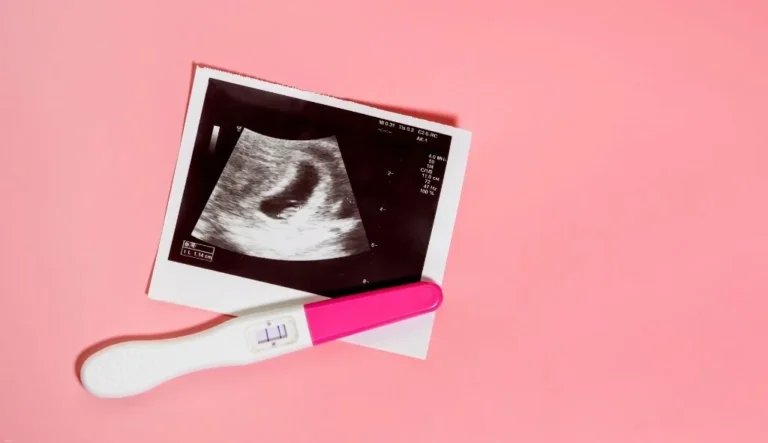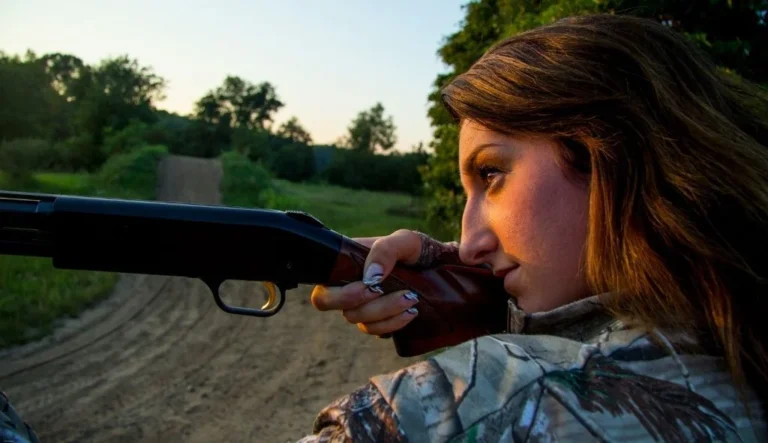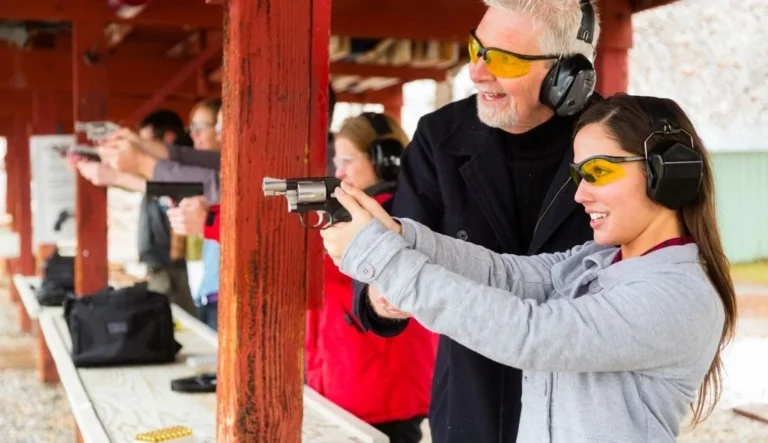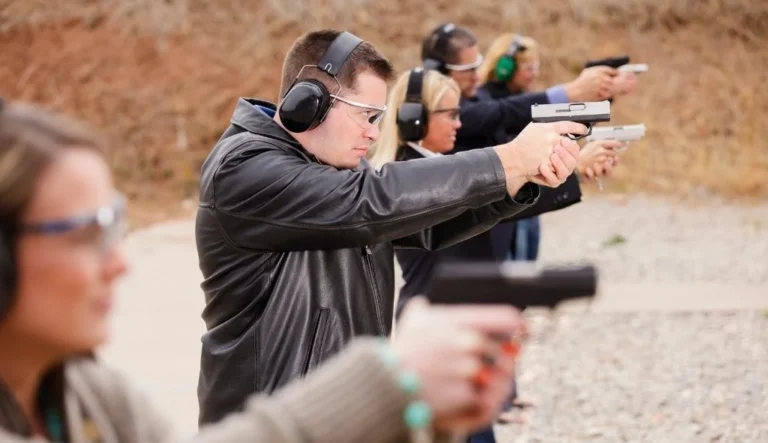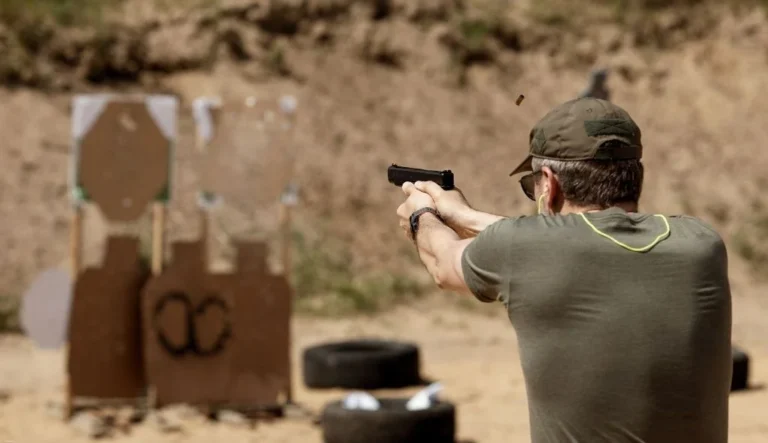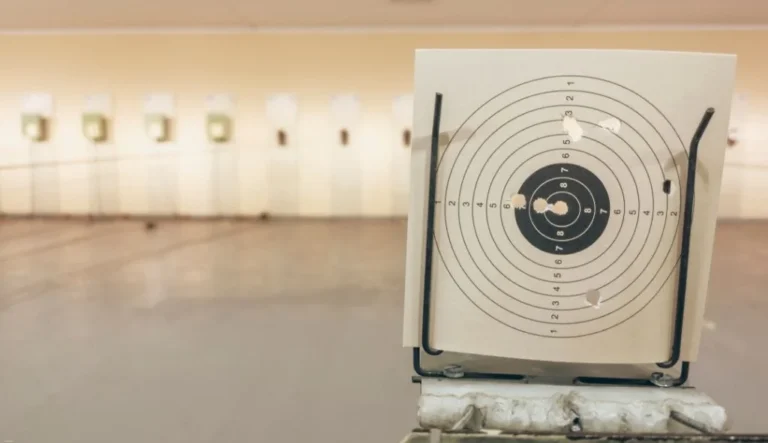An indoor shooting range is a controlled environment for firearm practice and training. It typically consists of shooting lanes, target systems, safety equipment, and ventilation systems to manage noise and air quality.
Understanding Indoor Shooting Ranges
Indoor shooting ranges provide a safe and controlled environment for firearm enthusiasts, law enforcement personnel, and individuals seeking to improve their marksmanship skills. These facilities are designed to accommodate various types of firearms and shooting styles while prioritizing safety and minimizing environmental impact.
Key Components of an Indoor Shooting Range
- Shooting Lanes: These are individual spaces where shooters can practice. Each lane is typically separated by partitions to ensure safety and reduce distractions.
- Target Systems: Modern ranges often use automated target retrieval systems that allow shooters to adjust target distance and retrieve targets without leaving their shooting position.
- Backstop: A crucial safety feature that stops and contains bullets fired down range. It is usually made of materials like rubber or steel that can absorb the impact of bullets.
- Ventilation System: This system removes lead particles, smoke, and other contaminants from the air to maintain a safe breathing environment for shooters and staff.
- Sound Suppression: Walls and ceilings are often treated with sound-absorbing materials to reduce noise levels both inside and outside the range.
- Safety Equipment: This includes eye and ear protection, which are mandatory for all shooters and observers.
- Range Officers: Trained personnel who oversee the range, enforce safety rules, and provide assistance to shooters.
How an Indoor Shooting Range Operates
Check-In and Safety Briefing
When visitors arrive at an indoor shooting range, they typically go through a check-in process. This involves:
- Signing waivers and agreeing to range rules
- Presenting identification and any required licenses or permits
- Renting equipment if needed (firearms, eye and ear protection)
- Receiving a safety briefing from range staff
The safety briefing is a crucial step that covers the range’s rules, proper firearm handling, and emergency procedures. Even experienced shooters are required to attend these briefings to ensure everyone is on the same page regarding safety protocols.
Preparing to Shoot
After the safety briefing, shooters prepare their equipment and move to their assigned lanes. This process involves:
- Loading firearms in designated safe areas
- Setting up targets
- Putting on eye and ear protection
- Ensuring all equipment is in proper working order
Shooting Session
During the actual shooting session:
- Shooters follow all safety rules and range officer instructions
- They practice their marksmanship skills at various distances
- Target retrieval systems allow for easy changing and inspection of targets
- Range officers monitor activities to ensure safety compliance
Post-Shooting Procedures
After completing their session, shooters:
- Unload and safe their firearms
- Clean up their shooting area
- Dispose of used targets and brass (spent cartridge casings)
- Return any rented equipment
Safety Measures in Indoor Shooting Ranges
Safety is paramount in indoor shooting ranges. Several measures are in place to protect shooters, staff, and the environment:
Bullet Containment Systems
The backstop and side walls of shooting lanes are designed to contain bullets and prevent ricochets. Common systems include:
- Rubber Backstops: Made of shredded rubber that captures bullets
- Steel Plate Systems: Angled plates that direct bullets into a collection system
- Venetian Blind Systems: Series of angled steel plates that trap bullets
Air Filtration and Ventilation
Indoor ranges must have robust ventilation systems to remove harmful particulates and gases:
- High-efficiency particulate air (HEPA) filters remove lead dust and other contaminants
- Laminar airflow systems move air downrange, away from shooters
- Regular air quality testing ensures the system is working effectively
Noise Control
Shooting generates significant noise levels. Indoor ranges use various methods to reduce noise:
- Sound-absorbing materials on walls and ceilings
- Baffles and acoustical panels to redirect and absorb sound waves
- Properly sealed doors and windows to prevent noise leakage
Fire Safety
Fire prevention and suppression systems are critical:
- Fire-resistant building materials
- Sprinkler systems and fire extinguishers
- Emergency evacuation plans and clearly marked exits
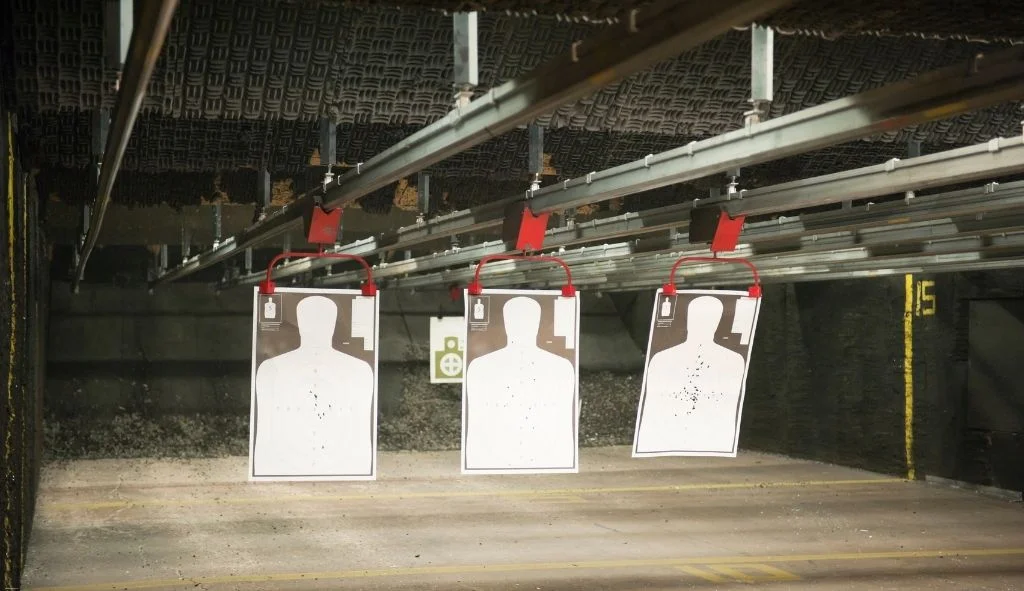
Types of Indoor Shooting Ranges
Indoor shooting ranges come in various types to cater to different needs and preferences:
Static Ranges
These are the most common type of indoor ranges. They feature fixed firing lines and target distances. Shooters remain stationary while practicing their marksmanship skills.
Dynamic Ranges
These ranges allow for more movement and scenario-based training. They may include moving targets or allow shooters to move while engaging targets. These are often used for law enforcement and military training.
Virtual Ranges
Using advanced technology, virtual ranges project scenarios onto screens. Shooters use modified firearms that interact with the projection system. These ranges are useful for training in various situations without the need for live ammunition.
Tactical Ranges
Designed for advanced training, tactical ranges may include obstacles, multiple rooms, or simulated environments for law enforcement and military personnel to practice real-world scenarios.
Benefits of Indoor Shooting Ranges
Indoor shooting ranges offer several advantages over outdoor ranges:
- Weather Independence: Shooters can practice year-round regardless of weather conditions.
- Controlled Environment: Lighting, temperature, and other variables can be precisely controlled.
- Enhanced Safety: The enclosed space and strict protocols provide a safer environment for beginners and experienced shooters alike.
- Convenience: Many indoor ranges are located in urban areas, making them more accessible.
- Advanced Technology: Indoor ranges often feature modern target systems and training aids.
Challenges and Considerations
While indoor shooting ranges provide many benefits, they also face some challenges:
Environmental Concerns
- Lead Management: Proper disposal of lead from bullets and casings is crucial to prevent environmental contamination.
- Air Quality: Continuous monitoring and maintenance of ventilation systems are necessary to ensure safe air quality.
Noise Management
Despite sound suppression measures, noise can still be a concern, especially for ranges located near residential areas.
Maintenance and Upgrades
Regular maintenance of backstops, ventilation systems, and other equipment is essential for safety and functionality. This can be costly and time-consuming.
Regulatory Compliance
Indoor ranges must adhere to various local, state, and federal regulations regarding safety, environmental impact, and noise levels.

